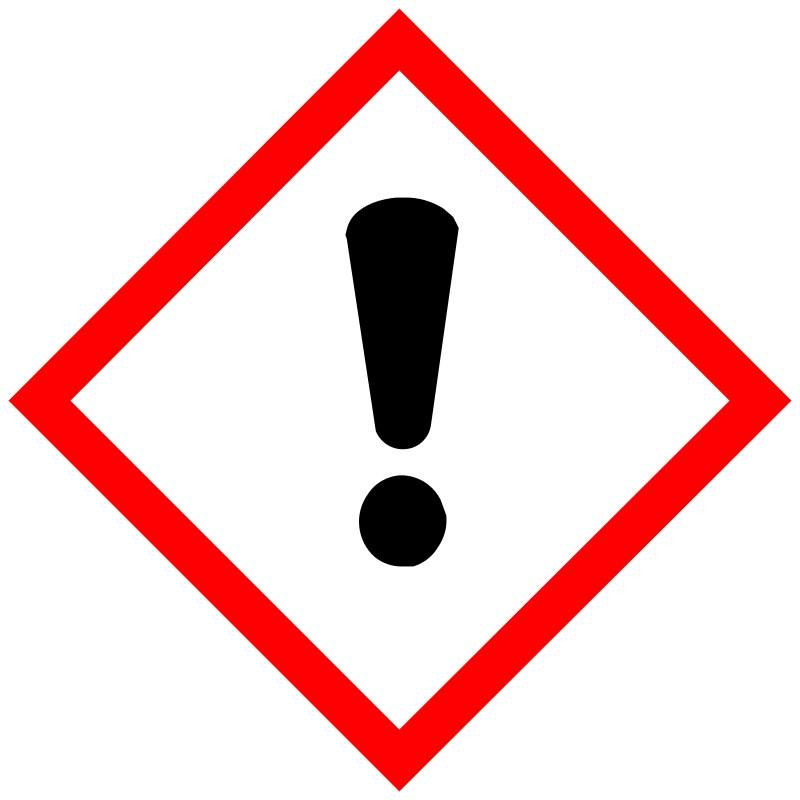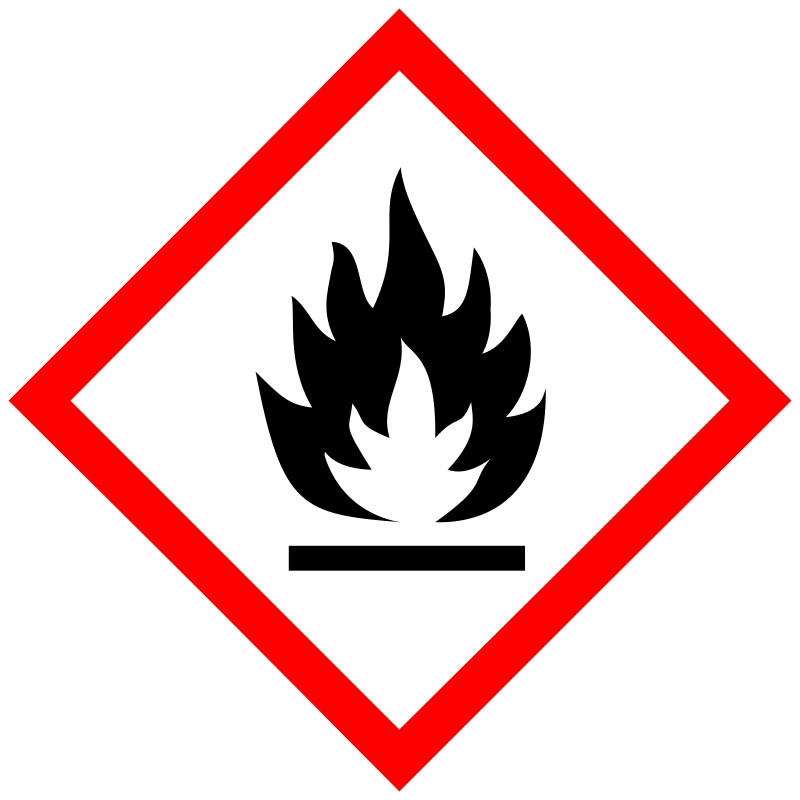A sustainable alternative to ethanol or alcohol for disinfection
With Watter, toxic and flammable substances like ethanol are unnecessary.
Ethanol (C2H6O) is a type of alcohol often used as a disinfectant or as a component in a disinfectant. When used in the right concentration, it is a very effective agent for killing viruses, bacteria and fungi [1]. It is frequently used in hospitals to disinfect surfaces and instruments, and for good reason.
What is ethanol?
Ethanol (C2H6O) is a chemical compound that belongs to the alcohols. It is produced via a petrochemical process or by fermenting sugars. It is colorless, volatile, and flammable and has strong disinfecting properties. Ethanol can kill viruses, bacteria, and fungi, making it a popular disinfectant in hospitals or medical institutions.
Disadvantages of ethanol
Although ethanol (alcohol) is often used for disinfection, it has some drawbacks. First, it is a potentially harmful substance. Exposure to ethanol vapours in high concentrations can cause health risks, such as respiratory tract irritation, headaches or dizziness [2]. In addition, ethanol is highly flammable, so storage and transport require additional safety measures.
Economically, it also brings disadvantages. Because ethanol evaporates quickly, its disinfectant effect can be short-lived, requiring frequent use. This makes it a long-term ongoing cost for companies and institutions that use it regularly [3].

An alternative to ethanol or alcohol for disinfecting surfaces and instruments
Disinfection can also be carried out safely without using harmful chemicals, such as ethanol or alcohol. Watter Disinfection Solution is an effective alternative to alcohol, suitable for disinfecting surfaces and instruments in healthcare. It is capable of killing a wide range of bacteria, viruses, and fungi. This by means of the active ingredient HOCl.
This is how the alternative to ethanol and alcohol in disinfection works:
With a Watter system, you produce the effective alternative to ethanol for disinfection all by yourself on site (in-situ). This makes disinfection safer and cheaper. The device uses electricity, salt and water. Electrolysis of salt and water produces a disinfectant with HOCl as the active ingredient, which is capable of killing micro-organisms.
The differences side-by-side
|
Watter (Hypochlorous acid) |
Ethanol/alcohol |
|
|
Scientific Formula |
HOCI |
C2H6O |
|
Production |
Electrolysis of water and salt |
Petrochemical process |
|
Kleur |
Transparant |
Transparant |
|
Efficacy |
Highly effective against: Bacteria Viruses Fungi/yeasts |
When properly dosed, very effective. Concentrations that are too high or too low reduce bacteria-killing effectiveness. |
|
Side-effects |
Hypoallergenic and gentle to the skin |
Toxic if inhaled, explosive |
|
Warning symbols |
N/A |
  |
Wanna know more about Watter?
Is this alternative ethanol disinfectant cut out for application in your organization? Want to know more about the device, costs and benefits? Read the user experiences of our customers and find out what Watter benefits them. Curious about what it can bring you?
References
- Sauerbrei A. (2020). Bactericidal and virucidal activity of ethanol and povidone-iodine. MicrobiologyOpen, 9(9), e1097. https://doi.org/10.1002/mbo3.1097
- Inventarisatie gezondheidsrisico door inhalatie van de nevel van een alcoholische drank | RIVM.
- https://waarzitwatin.nl/stoffen/ethanol



